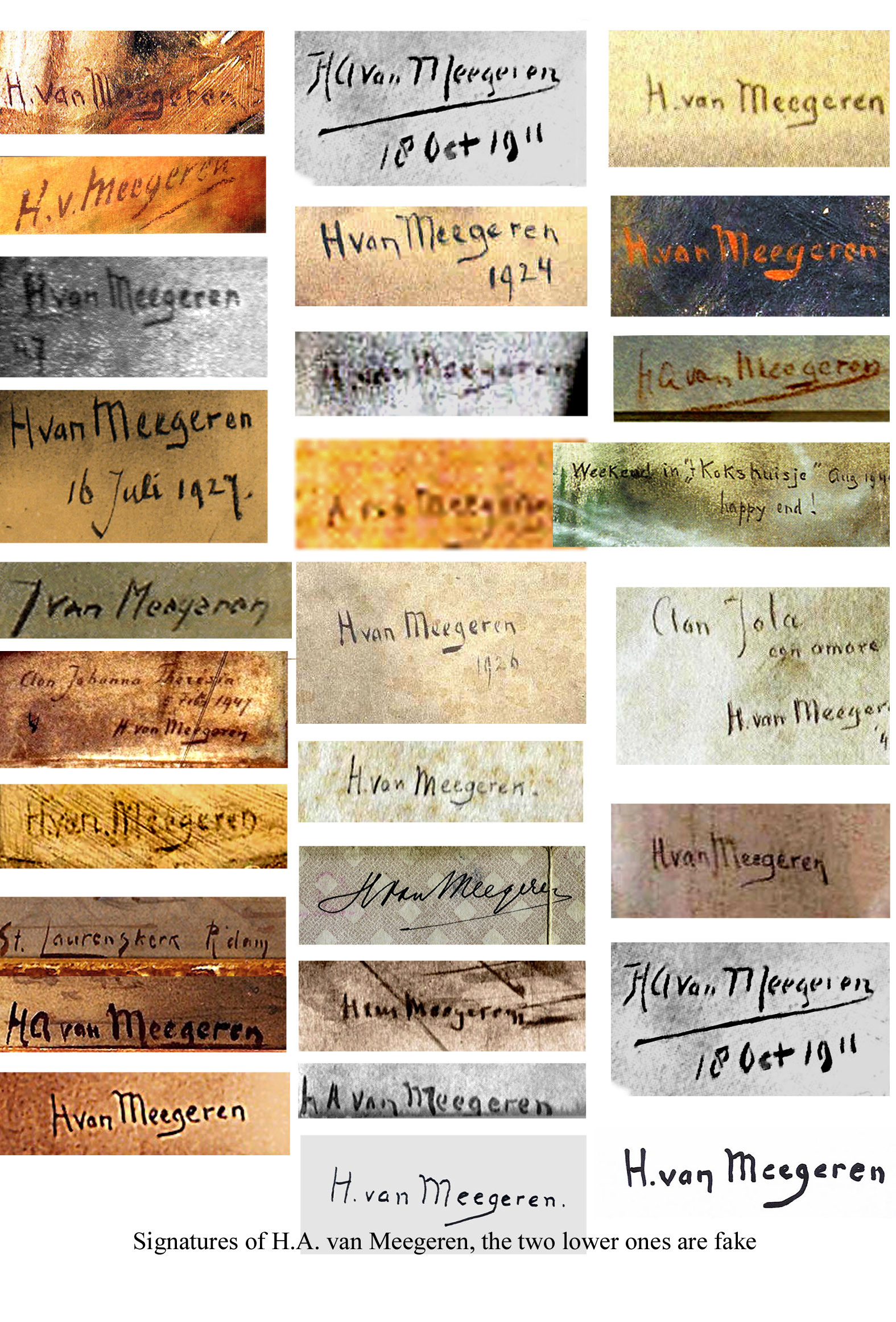News blog - artistravel international
The Art Forger Who Tricked the Nazis
This following text is a transcription of this video by TED-Ed -- just too interesting to withhold from you!
It was one of the strangest trials in Dutch History. The defendant in this 1947 case was an art forger who had counterfeited millions of dollars worth of paintings—but he wasn’t arguing his innocence…in fact, his life depended on proving that he committed the fraud.
Like many art forgers Han van Meegeren was an artist whose original works had failed to bring him renown. Embittered towards the art world, van Meegeren set out to make fools of his detractors. He learned all he could about the old masters—their biographies, their techniques, and their materials. The artist he chose for his deception was 17th century Baroque painter Johannes Vermeer—an ambitious decision given Vermeer was famed for his carefully executed and technically brilliant domestic scenes. Working in secret for six years, the forger perfected his art, copying numerous works as practice. He mixed his own paints after researching the raw materials and pigments available in Vermeer’s time. He bought 17th century canvases, created his own brushes, and aged the works by applying synthetic resin and baking them to dry and crack the paint. A forensic test could have detected the synthetic resin but at the time, such tests were neither advanced nor widespread and even today, verification of a painting’s authenticity relies on the assessment of art specialists. So, it’s a matter of their subjective judgement—as well as their reputation. And this is where van Meegeren truly outwitted the art world. From his research, he knew historians believed Vermeer had an early period of religious paintings influenced by the Italian painter Caravaggio. The leading authority on Vermeer, Abraham Bredius, was a huge proponent of this theory, though none of these works had surfaced. So, van Meegeren decided to make one. He called it “The Supper at Emmaus”. Bredius declared van Meegeren’s fake the masterpiece of Vermeer’s oeuvre. Van Meegeren’s forgery was not totally up to Vermeer’s technical standard s but these inconsistencies could be made to fit the narrative: this was an early work, produced before the artist had come into his own. With the stamp of approval from the art world, the fake was sold in 1937 for the equivalent of over 4 Million Dollar in today’s money. The success prompted van Meegeren to forge and sell more works through various art dealers. As unbelievable as it may sound, the art world continued to believe in their authenticity.
When the Nazis occupied Holland during World War II, Hermann Göring, one of Hitler’s top generals, sought to add a Vermeer to his collection of artworks looted from all over Europe. Van Meegeren obliged, selling him an alleged early Vermeer painting titled “Christ with the Adulteress”. As the tide of the war turned, so did van Meegeren’s luck. Following the Allied victory, he was arrested for delivering a priceless piece of Dutch heritage to the Nazis—an act of treasonous collaboration punishable by death. To prove the painting wasn’t a national treasure, he explained step-by-step how he had forged it. But he faced an unexpected obstacle—the very expert who had enabled his scam. Moved to protect his reputation, Bredius defended the painting’s authenticity. With the few options left, van Meegeren set to work on a “new” Vermeer. When he presented the fake to the court, they finally believed him. He was acquitted for collaborating with the Nazis—and sentenced to a year imprisonment for fraud.
Though there is evidence that can Meegeren did, in fact, collaborate with the Nazis, he managed to convince the public that he had tricked Göring on purpose, transforming his image into that of a folk hero who had swindled the Nazis. Thanks to this newfound notoriety, his works became valuable in their own right—so much that they were later forged in turn by his own son. The same canvases went from revered classics to despised forgeries to works of art respected for the skill and notoriety of the forger.
Posted in artistravel international news, Artists, Creativity, Painting on Apr 23, 2021


